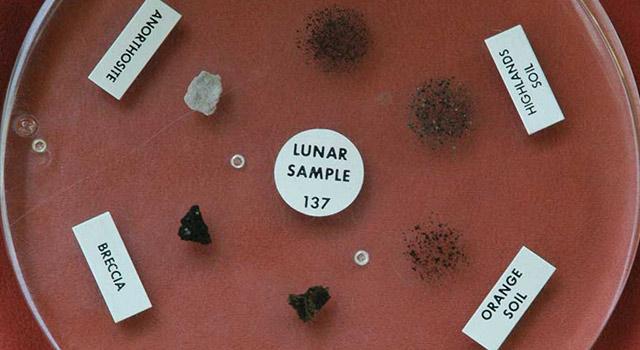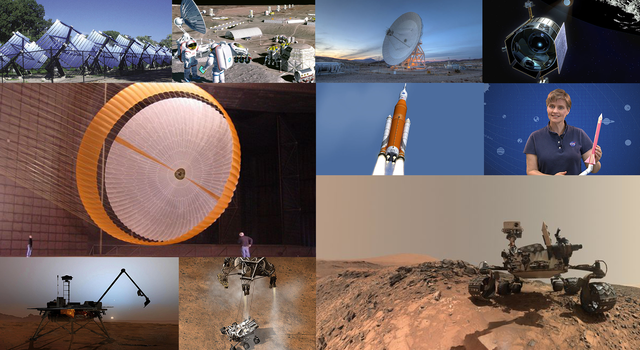|
Wednesday, October 31, 2018
DAY IN REVIEW
Posted by
Deep
at
5:20 PM
0
comments
![]()
Tuesday, October 30, 2018
DAY IN REVIEW
|
NASA Jet Propulsion Laboratory
NASA's Jet Propulsion Laboratory
4800 Oak Grove Dr
Pasadena, CA 91109
Posted by
Deep
at
5:37 PM
0
comments
![]()
Monday, October 29, 2018
DAY IN REVIEW
|
NASA Jet Propulsion Laboratory
NASA's Jet Propulsion Laboratory
4800 Oak Grove Dr
Pasadena, CA 91109
Posted by
Deep
at
5:09 PM
0
comments
![]()
Friday, October 26, 2018
DAY IN REVIEW
|
NASA Jet Propulsion Laboratory
NASA's Jet Propulsion Laboratory
4800 Oak Grove Dr
Pasadena, CA 91109
Posted by
Deep
at
4:25 PM
0
comments
![]()
Thursday, October 25, 2018
NASA to Host Briefing on November Mars InSight Landing
|
NASA Jet Propulsion Laboratory
NASA's Jet Propulsion Laboratory
4800 Oak Grove Dr
Pasadena, CA 91109
Posted by
Deep
at
3:53 PM
0
comments
![]()
Wednesday, October 24, 2018
NASA's InSight Will Study Mars While Standing Still
|
NASA Jet Propulsion Laboratory
NASA's Jet Propulsion Laboratory
4800 Oak Grove Dr
Pasadena, CA 91109
Posted by
Deep
at
5:02 PM
0
comments
![]()
Tuesday, October 23, 2018
DAY IN REVIEW
|
NASA Jet Propulsion Laboratory
NASA's Jet Propulsion Laboratory
4800 Oak Grove Dr
Pasadena, CA 91109
Posted by
Deep
at
4:26 PM
0
comments
![]()
Tuesday, October 16, 2018
Perkhidmatan Carikan Jodoh ! & Membuat Resume / CV (English & BM)
1. Khidmat Mencari Jodoh 1 Malaysia >> www.CariJodohClub.blogspot.my
- Emiliya Natasha
- Janda tanpa anak
- 23 tahun
- menetap KL tapi sanggup pindah
- Tidak kisah poligami
- Kerja sebagai model sambilan
2. Khidmat buat Resume / CV (English / BM) >> http://www.Mudah2u.Co.Vu :
- Emelkan semua dibawah :
a. Latar belakang anda (pengalaman, pendidikan, apa apa pencapaian yang berkaitan)
b. Nyatakan maklumat syarikat yang dipohon ATAU ingin kami carikan Majikan?
c. Resume (pendek) ATAU CV (panjang biasa 8 ~ 10 m/s)
d. Resume Bahasa Melayu ATAU English ATAU kedua-duanya
- Kami akan reply dengan "Quotation Harga" serta akaun pembayaran.
- Buat pembayaran dan kerja kerja membuat resume akan dimulakan.
- Resume/CV yang telah siap akan diemelkan dalam format Ms. Words, dalam tempoh 2 ~ 4 hari
*****Share INFO ini di Wall Facebook Anda !
Posted by
Deep
at
6:40 PM
0
comments
![]()
DAY IN REVIEW
|
NASA Jet Propulsion Laboratory
NASA's Jet Propulsion Laboratory
4800 Oak Grove Dr
Pasadena, CA 91109
Posted by
Deep
at
3:50 PM
0
comments
![]()
Friday, October 12, 2018
DAY IN REVIEW
|
NASA Jet Propulsion Laboratory
NASA's Jet Propulsion Laboratory
4800 Oak Grove Dr
Pasadena, CA 91109
Posted by
Deep
at
10:50 AM
0
comments
![]()
Wednesday, October 10, 2018
NASA/JPL Educator Workshop – Lunar and Meteorite Sample Certification
|
NASA/JPL Edu
NASA's Jet Propulsion Laboratory
4800 Oak Grove Dr
Pasadena, CA 91109
Posted by
Deep
at
5:51 PM
0
comments
![]()
DAY IN REVIEW
|
NASA Jet Propulsion Laboratory
NASA's Jet Propulsion Laboratory
4800 Oak Grove Dr
Pasadena, CA 91109
Posted by
Deep
at
4:36 PM
0
comments
![]()




















